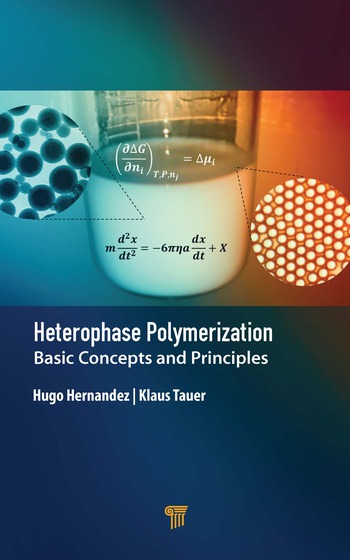Ask Dr. Dave
QUESTION: We manufacture giant room stickers for decorating bedrooms. We have been working with a couple of adhesive manufacturers in the United Kingdom and United States to develop an adhesive that cleans up without leaving a residue and may also be reapplied, but so far we have not found the ‘perfect' adhesive. Are you aware of any adhesive manufacturers that may be able to help us?
ANSWER: This is quite a tricky challenge, but I can suggest two possible approaches. Several years ago, I needed a pressure-sensitive sticker to seal the top of a container that had to be easily removable after several months on the shelf. This was achieved with an acrylic pressure-sensitive adhesive.
Another alternative is to look at the so-called ‘tip-in' adhesives. These are peelable adhesives combining high shear strength with low peel adhesion to allow the bonding of cards, coins, foil, or plastic sachets into newspapers or magazines without staining or tearing the paper. Hot-melt adhesives are wisely used for this purpose.
QUESTION: We use fumed silicas in several of our adhesives and sealants, but they are getting expensive. Are there any alternatives that might be more cost-effective?
ANSWER: Fumed silicas are used as thixotropes in many adhesive and sealant systems. Asbestos was a favorite thixotrope of some formulators many years ago, but it is no longer used for health and safety reasons. Fumed silicas have certainly become the benchmark against which any alternatives are measured, and they are essential components in some products, notably silicone sealants, where they act as the primary reinforcement. Fumed silicas are available in both hydrophilic (often called "untreated") and hydrophobic ("treated") versions. The untreated versions have to be used successfully in many products for many years, but do display some deficiencies in some systems (particularly polar systems), namely their inability to maintain stable viscosity on aging. The treated versions provide more stable systems but are considerably more expensive. There are several alternatives to fumed silicas. These include castor oil derivatives, bentone clays and fibers. Fibers are interesting thixotropes because, rather than relying on chemical interactions, they build viscosity through the physical entanglement of fibers and fibrils. Under shear, these fibers align and the material becomes lower in viscosity. Two common fibers used as thixotropes are aramid fibers and engineered cellulose fibers. Unfortunately, there is no alternative to extensive testing of these thixotropes. You will need to test them in your product and control the amount and time of shearing during mixing, and ensure that you measure the effects on thixotropy both immediately after mixing and after shelf-aging.
Looking for a reprint of this article?
From high-res PDFs to custom plaques, order your copy today!






